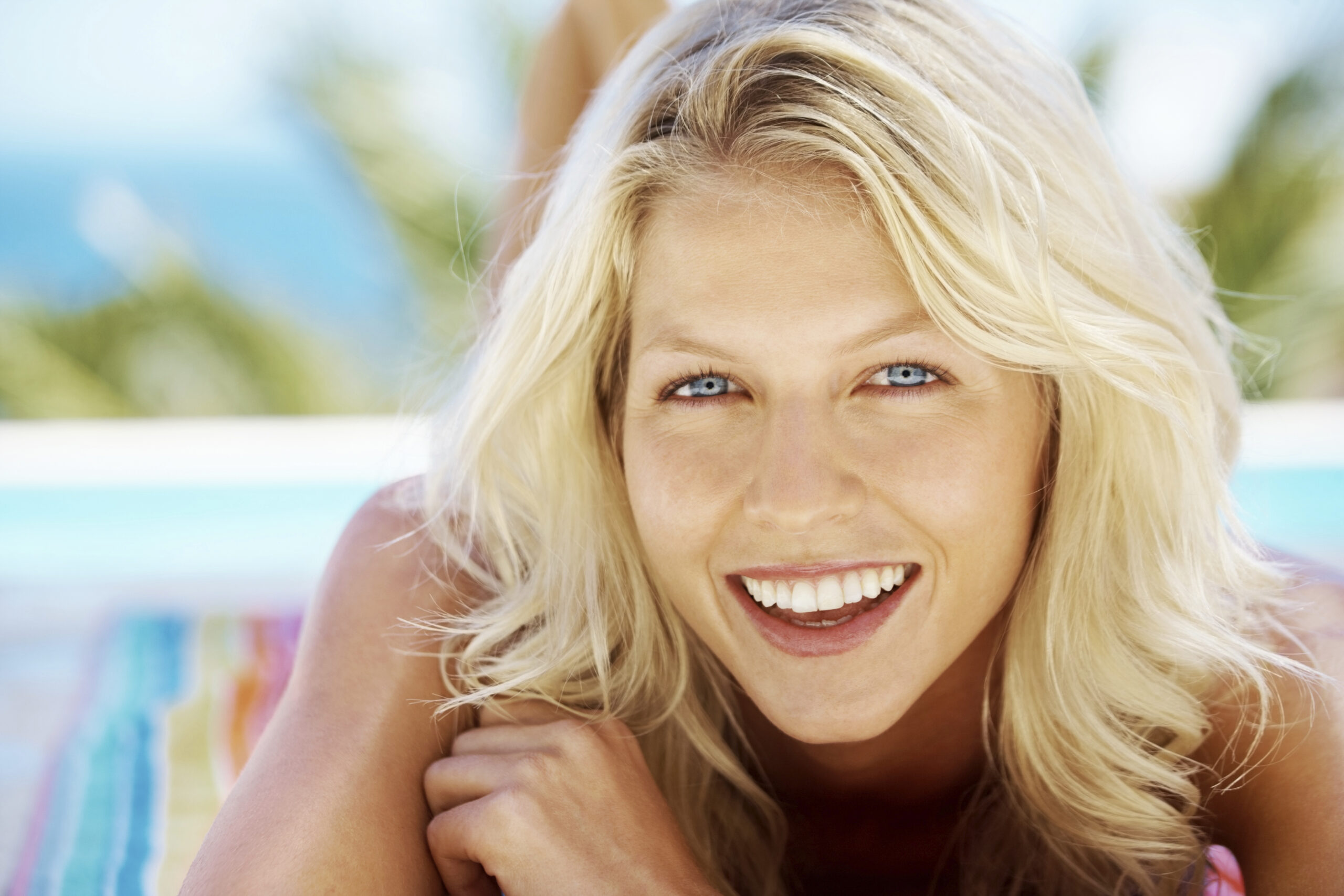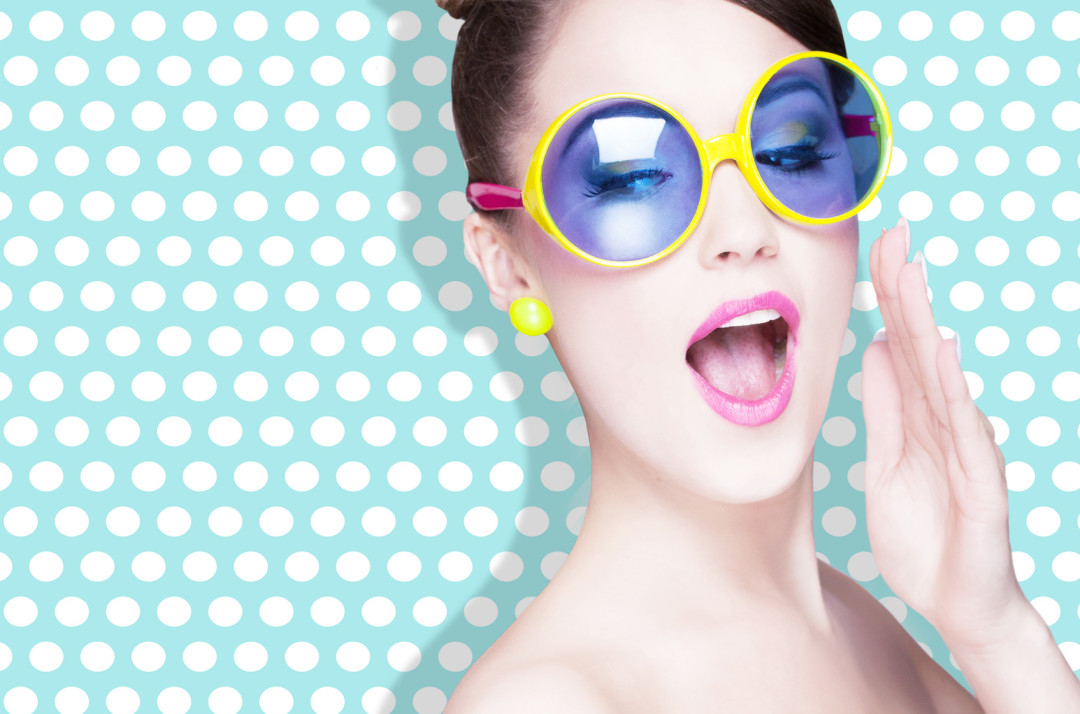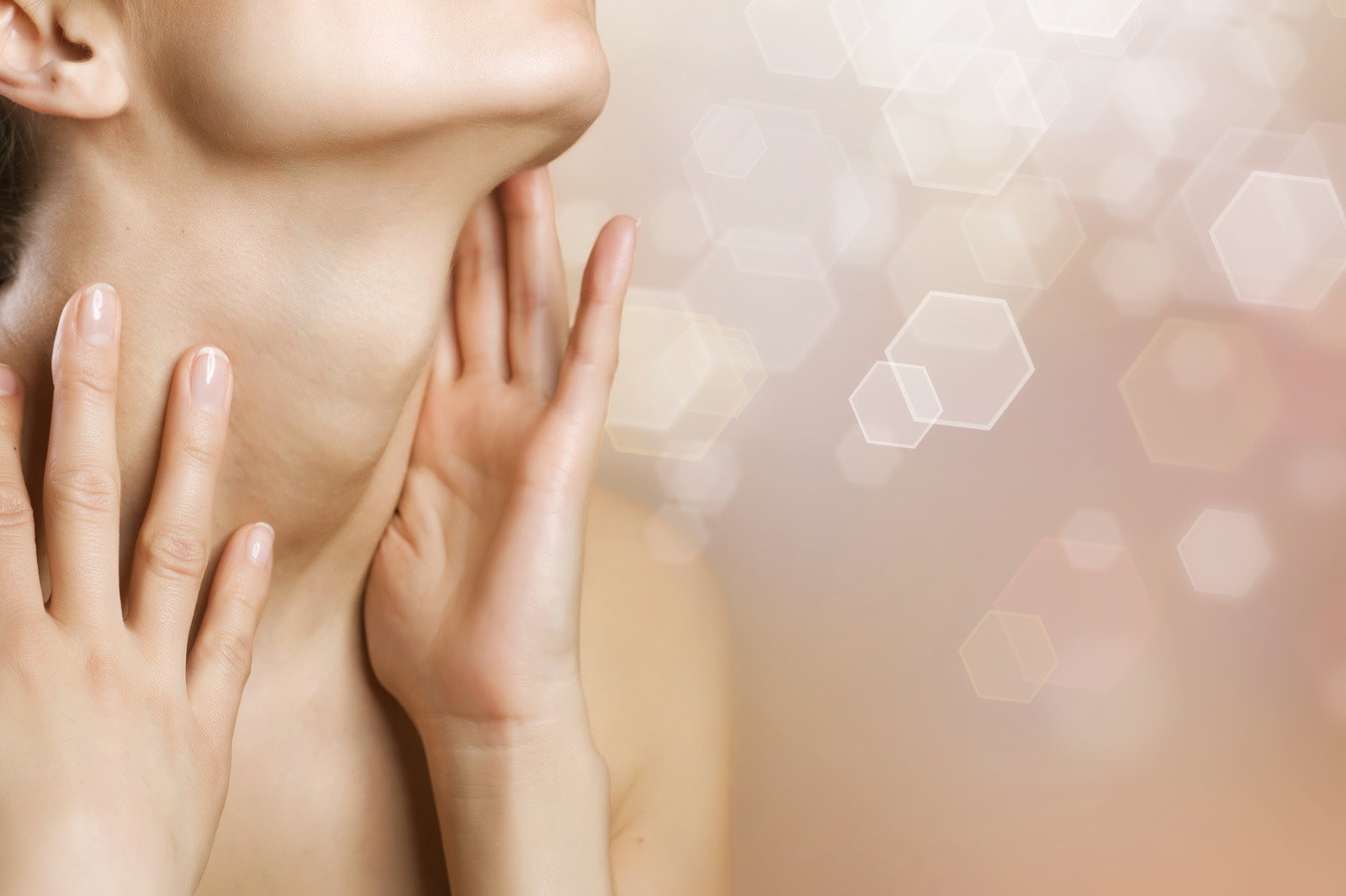For what do we need sun protection? Are UVA/UVB rays dangerous?
Questions that first seem secondary when considering all benefits the sun offers:
– Slightly tanned complexion
– Healthy, attractive appearance
– Vitamin D production, stimulation of metabolic processes
– Energy, good mood, well-being
Nevertheless, the sun also has negative impacts and a suitable protection is indispensable.
Sun rays consists of electromagnetic waves that have different impacts on the skin:
UV A radiation (wavelength approx. 400 – 315 nm, long-wave)
UV B radiation (wavelength approx. 315 – 280 nm, medium-/short-wave)
UV C radiation (wavelength approx. 280 – 100 nm, especially high-energy radiation)
infrared rays (IR-A 780 – 1400 nm)
UV rays, the visible light and the infrared rays get to the earth’s surface. UV C radiation is completely filtered by the upper layers of the atmosphere, so that the natural UV C radiation cannot reach the earth’s surface.
Even though UV B rays are higher in energy than UV A rays, they just penetrate the epidermis. They are jointly responsible for thickening the cornea (light callosity), that protects the skin against the sun. They activate the vitamin D synthesis and care for the new pigment production and with it for the skin tan.
High UV B radiation can certainly have dangerous consequences. It triggers erythema (sunburns) and damages the DNA (hereditary material) of the cells. This way, skin damage and skin cancer are supported.
UVA rays have less energy than UVB rays, but penetrate deeper – the dermis. The tan is achieved by the redistribution of its existing pigment. Still, UV A rays in higher doses can cause sunburns and can result in different skin damages, e.g. sun-related skin aging (photoaging) and allergies. We perceive infrared rays as heat. The short-waved amount penetrates the skin deeper than UV A rays and result in a strengthened formation of radicals and the building of protein-degrading enzymes. This way, skin aging (loss of elasticity) and late damages are supported.
With the background that sunrays not only have positive effects on the skin, a responsible handling with the sun and the usage of products with suitable SPF (sun protection factor) is absolutely necessary. How high the sun protection of the used products should be, always follows the self-protection time of the skin. This depends on different pigment types. It is quite natural that for example a light skin (Celtic skin type) has a significant shorter self-protection time, than a dark skin (Mediterranean skin type). The following applies: the paler the skin type, the higher should be the SPF used. The SPF indicates the factor by which the self-protection time of the skin is prolonged. That means how long you could stay in the sun, without getting a sunburn. A sample calculation: If the self-protection time of the skin is 5 minutes and the used sun protection is 30, you can stay in the sun for 150 minutes without getting a sunburn. The indication of SPF always refers to the protection against UV B rays.
In recent years, reliable UV A protection has been gaining more importance. Therefore, each sunscreen product must have a UV A protection of at least 1/3 of the declared SPF, according to the recommendation of the European Union. As a result, the UV A protection factor in a sunscreen product with SPF 30, should be at least 10. If the UV A protection is maintained, the product packaging is characterized by the symbol.
Until now, this regulation is only applicable to sunscreen products. Nevertheless, we already use a SPF with reliable UV A protection for daily care products, like the Global Defense Cream.
UV filters are responsible for the protective effect in products. Their role is to prevent damages of UV rays. They are divided into chemical and mineral filters. Mineral filters are tiny particles that reflect the sunlight and thus reflect from the skin. In the used size of 60 to 200 nm, the particles reflect and scatter UV light very effectively. Chemical filters are complex organic molecules that collect the light and convert them into harmless heat.
For the prevention of damages that arise through infrared rays, there are no specific filter substances. The decrease of the resulting damage is implemented through the use of special ingredient concepts.
The choice of effective sunscreen products is almost infinite and enables a safe and carefree enjoyment of the sun. Nevertheless, sunscreen has its limits, too. Unfortunately, the positive properties of the sun and the attractive tan tempts too often to excessive sun exposure and with it to an overload of the intrinsic protective mechanisms. Taking into account that the possible time of sunbathing cannot be randomly prolonged by the reapplication of sunscreen products. The self-protection time can be exploited once in 24 hours. After that, the skin needs time to relax and regenerate.
Conclusion: Sunbathing? Yes, but with sufficient sun protection and in moderation! 🙂




